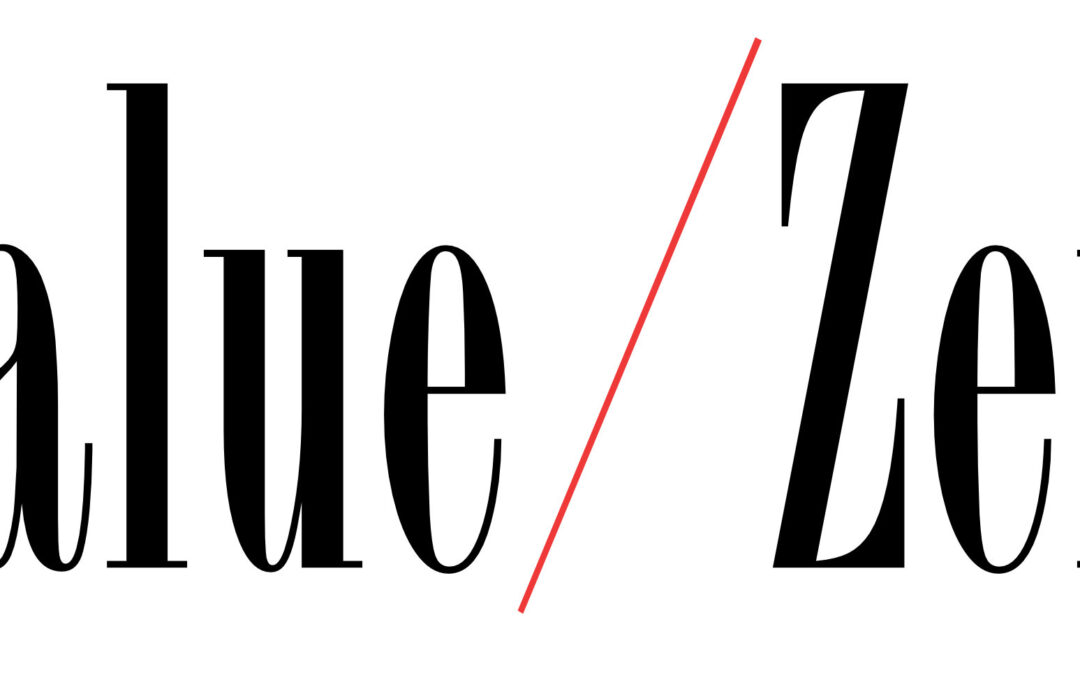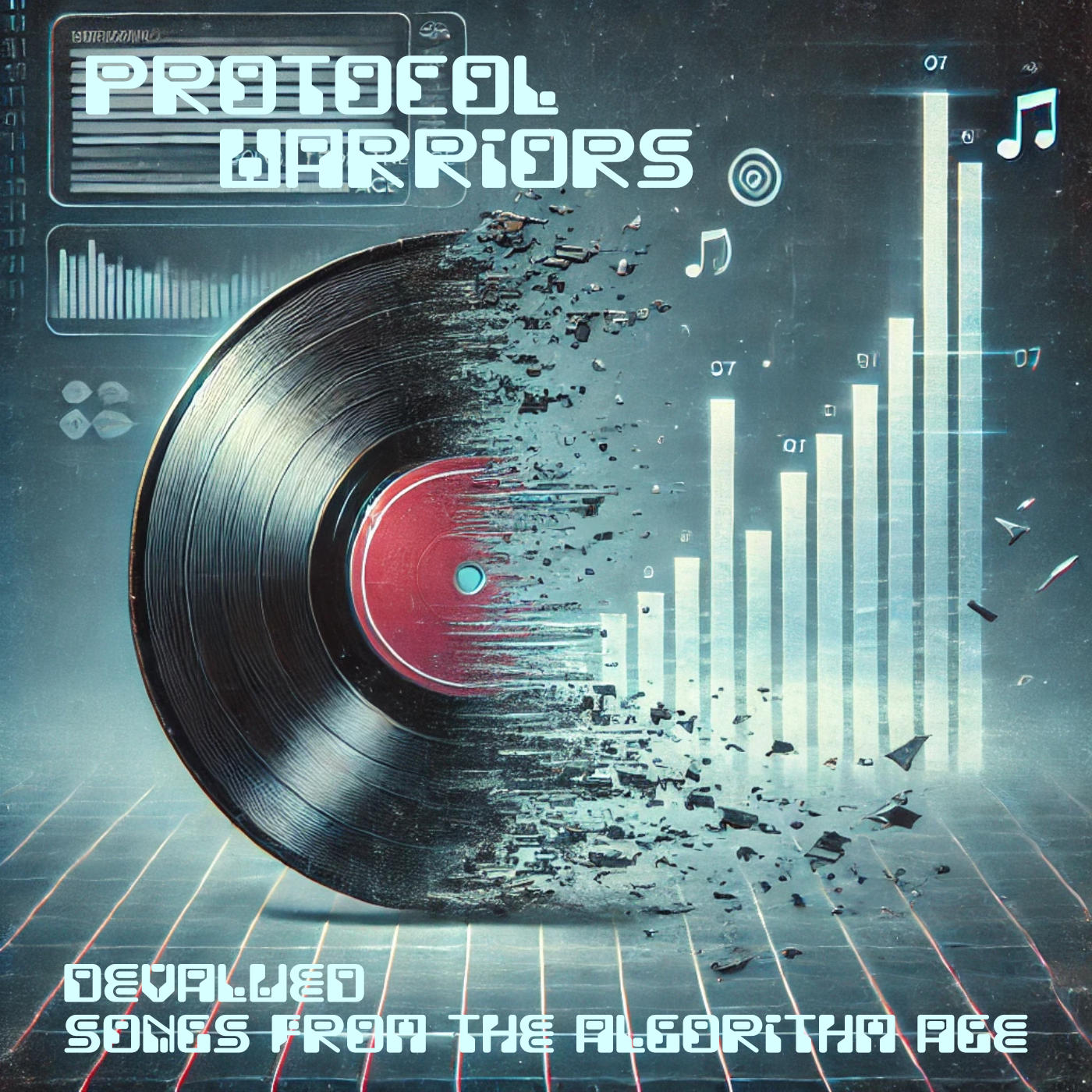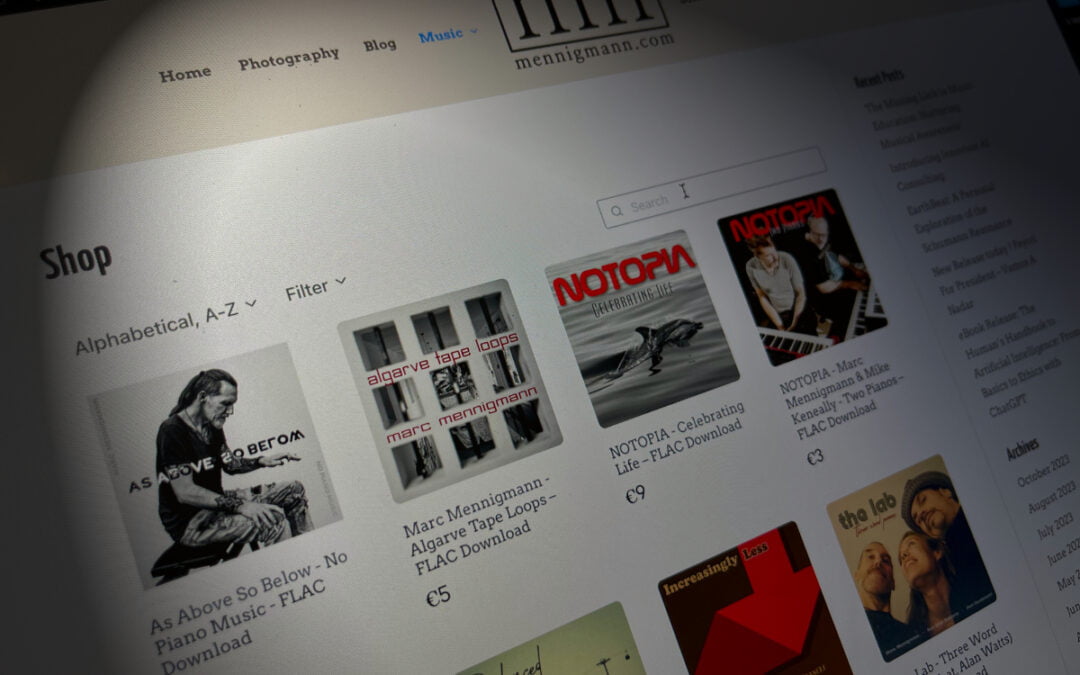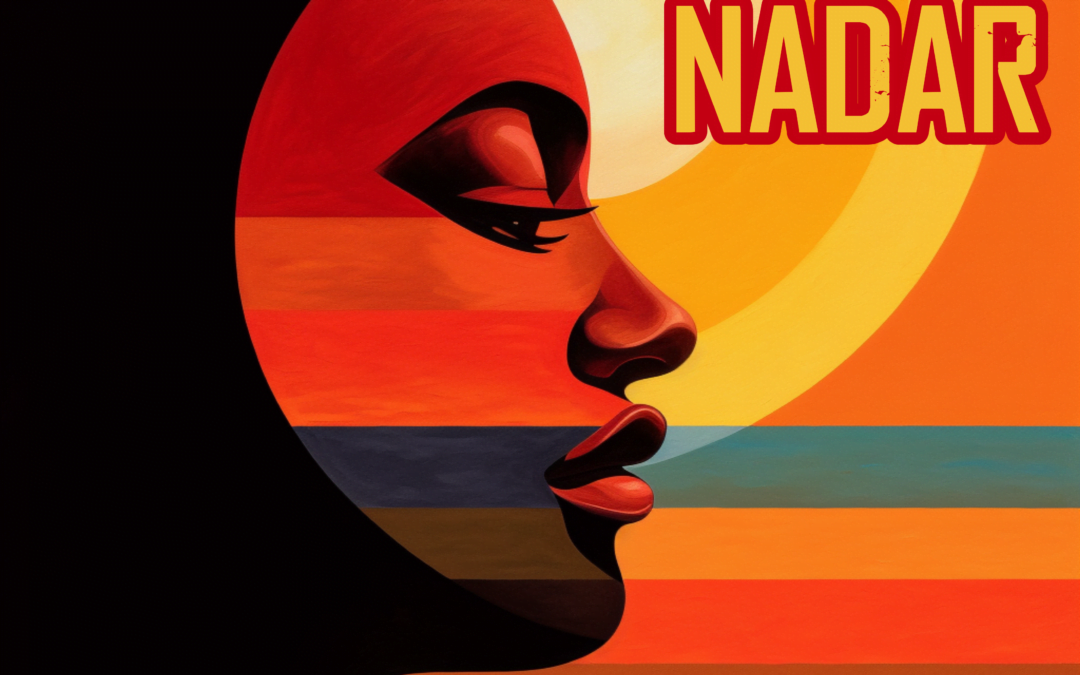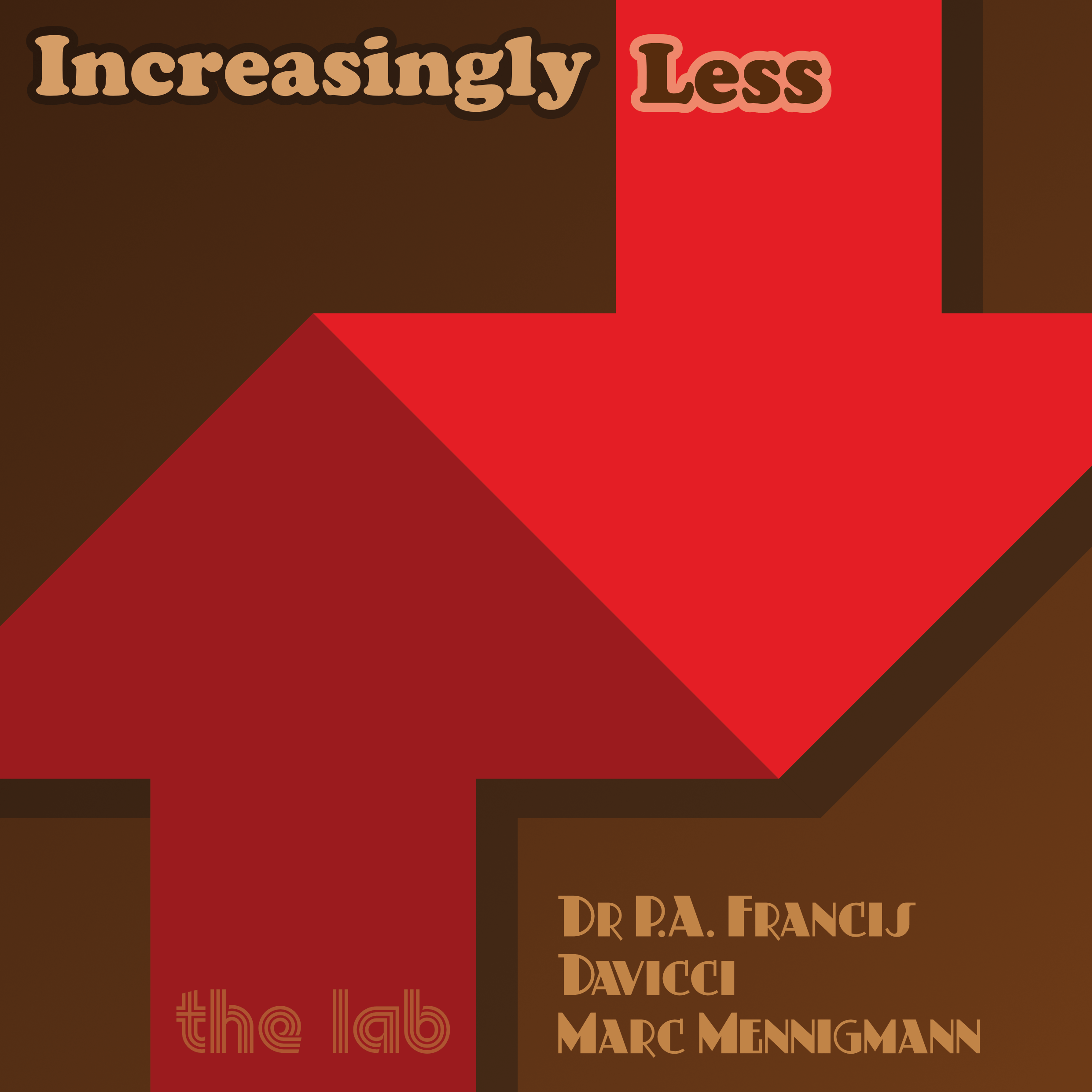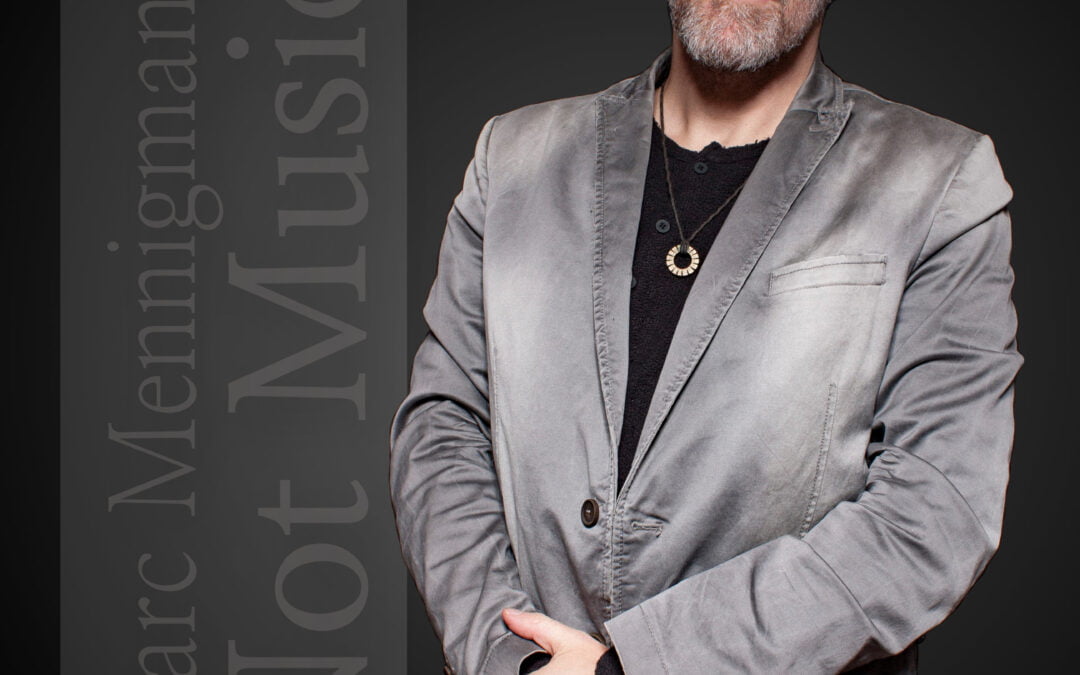The Missing Link in Music Education: Nurturing Musical Awareness
This morning, I had an conversation with my friend and fellow multi-instrumentalist Ron Baggerman about the landscape of music education.
When it comes to learning a musical instrument, there’s no shortage of material covering the basics. Books, videos, and online courses abound to teach you the fundamentals of your chosen instrument and rudimentary music theory. This is a vital stage, especially for novice musicians getting started with unique instruments like the Chapman Stick, Touch- or Tap-Guitar. These resources are easy to come by, mainly because they’re straightforward to create. The same applies of course for any other instrument like guitar, piano, bass, drums…
On the other end of the spectrum are the seasoned players, those who have already unlocked the mechanical aspects of their instruments. Techniques, finger independence, harmonic structures, rhythms—you name it. The resources for these musicians are just as extensive, with advanced lessons to tackle the technicalities.
However, there’s a crucial gap in this educational framework that few address—musical awareness. This is the point where you transcend mere technique and theory. It’s when music becomes more than a series of notes or chords; it turns into an expression of emotions and storytelling. Artists like Peter Erskine and Victor Wooten have really set the stage when it comes to understanding musical awareness. Their insights were game-changers for me, but I feel it’s good to add practical exercises to the mix.
A Deeper Understanding of Music
Musical awareness is not just the byproduct of years of practice; it’s a skill that can be honed through specific exercises aimed at enhancing your listening and performance capabilities. It’s about balancing analysis and intuition, where you’re not just playing but also actively listening, feeling the groove, and understanding the essence of the music.
Practical Exercises for Musical Awareness
- Rhythmic Call and Response: Record a simple rhythmic pattern on your instrument. Play it back and try to respond with a complementary rhythm. The goal is to listen deeply to your initial pattern and make your response feel like a natural extension.
- Melodic Storytelling: Choose a well-known story or quote, like “To be or not to be, that is the question.” (hello Peter!) Translate each word or phrase into a distinct musical phrase. Play these phrases in sequence, aiming to maintain the natural rhythm and emotional tone of the original sentence.
- Interactive Listening: While listening to a piece of music, pick one instrument in the mix and focus solely on it for the entire track. Try to understand its role, its interaction with other instruments, and how it contributes to the overall mood. Then switch your focus to another instrument and compare your experiences.
- Harmonic Dissonance and Resolution: Play a dissonant chord and hold it. Listen to the tension it creates. Slowly resolve it into a consonant chord and notice the emotional shift. This exercise helps you understand the emotional language of harmony.
- Dynamics Challenge: Pick a piece you’re familiar with and play it while consciously altering the dynamics. How does playing it pianissimo versus fortissimo affect its emotional impact? This helps you explore the nuances that dynamics bring into music.
These exercises, while simple, can significantly contribute to your journey towards becoming a more aware musician. They prepare you for better interaction with other musicians and deepen your understanding of music as a form of art, not just a skill.
Theoretical Insights on Musical Awareness
The notion of musical awareness is supported by various theories that explore the interplay between cognition, emotion, and performance. Neuroscientist Daniel Levitin suggests in his book “This Is Your Brain on Music” that our brains are wired to seek patterns and make emotional connections with music. Renowned composer Igor Stravinsky once said, “To listen is an effort, and just to hear is no merit. A duck hears also.” This underscores the importance of active listening in becoming musically aware. Jazz legend Charlie Parker also weighed in on this, stating, “Master your instrument, master the music, and then forget all that and just play.” Parker’s words speak to the concept of achieving technical prowess only to let it go in favor of pure emotional expression. These quotes and theories collectively emphasize that musical awareness is not a passive skill but an active process of engagement that encompasses both technical expertise and emotional depth.
Emotional Conditioning: Setting the Stage for Your Performance
One of the most overlooked aspects of musical awareness is the intrinsic link between your emotional state and your performance. Surprisingly, you can practice setting an emotional stage just as you would a physical one. Try an exercise where you intentionally place yourself in a specific emotional state—be it happiness, sadness, or even anger—before playing a familiar piece. The aim is to allow that emotion to influence your performance, affecting everything from tempo to dynamics to phrasing. Afterward, switch to another emotional setting and notice how the same piece takes on a completely different character. This practice not only teaches you how different emotional states can color your music, but it also allows you to consciously tap into the right emotional space before a performance. Understanding how to emotionally “tune” yourself can be just as crucial as tuning your instrument, making for a more compelling and authentic musical experience.
The path to musical awareness is a pilgrimage towards a deeper emotional connection with your music, and an evolving understanding of its many layers. While the exercises and insights provided here offer a roadmap, it’s crucial to remember that every musician’s journey is unique. Therefore, I invite you to share your own training techniques, insights, or breakthrough moments that have helped you become a more aware and intuitive musician. Your contributions can further enrich this collective journey towards a deeper, more meaningful relationship with music.
Thanks for reading.
(Picture from an intuitive-music session in Markus Stockhausens “barn” in 2020)
